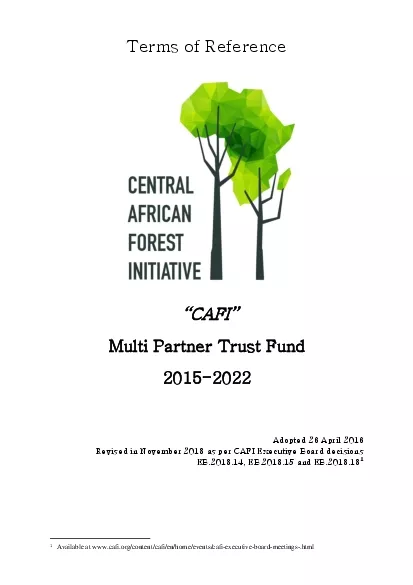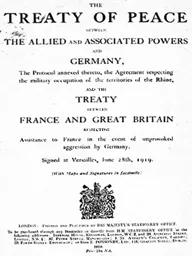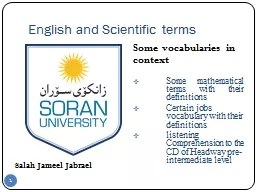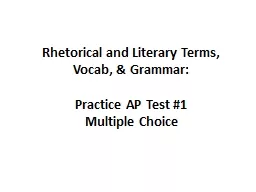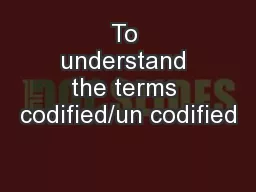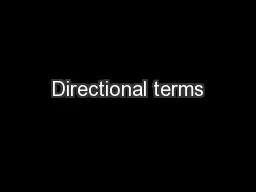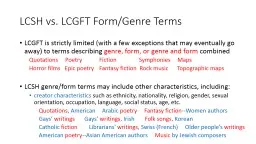PDF-Terms of Reference
Author : deena | Published Date : 2021-08-08
CAFIMulti PartnerTrust Fund20152022Adopted 26 April2016Revised in November 2018 as per CAFI Executive Board decisions EB201814 EB201815 and EB20181811Available at
Presentation Embed Code
Download Presentation
Download Presentation The PPT/PDF document "Terms of Reference" is the property of its rightful owner. Permission is granted to download and print the materials on this website for personal, non-commercial use only, and to display it on your personal computer provided you do not modify the materials and that you retain all copyright notices contained in the materials. By downloading content from our website, you accept the terms of this agreement.
Terms of Reference: Transcript
Download Rules Of Document
"Terms of Reference"The content belongs to its owner. You may download and print it for personal use, without modification, and keep all copyright notices. By downloading, you agree to these terms.
Related Documents

